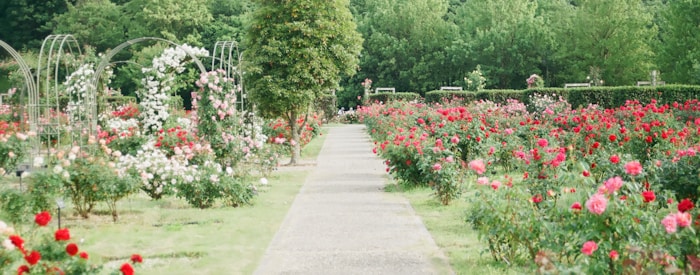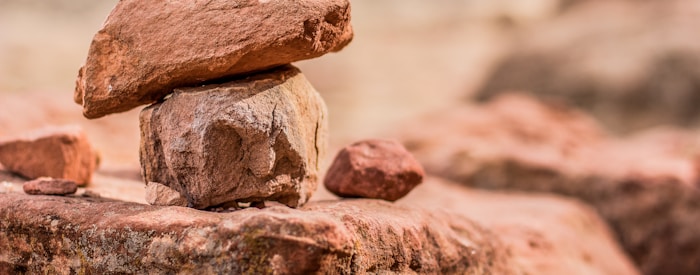Crafting your zen garden: a mindful oasis
Sometimes, in the midst of our busy lives, we need to pause, breathe, and find a moment of peace. A Zen garden - a place designed for contemplation, mindfulness, and relaxation - offers the perfect sanctuary to seek solace from the stresses of day-to-day life. In this article, I am going to share with you the essentials and steps for creating your Zen garden, your personal oasis for mindfulness and serenity.
A Zen garden originates from the Zen Buddhist tradition and typically incorporates minimalistic design elements. Traditionally, they consist of deliberately arranged sand, stones, and sometimes plants that symbolize the beauty and innocence of nature. The mindful creation and contemplation of a Zen garden can be deeply therapeutic as it encourages us to slow down, focus, and find harmony in simplicity.
Here is a step-by-step guide to creating your own Zen garden:
-
Choose the perfect space The first step in building your Zen garden is selecting a suitable location. Look for a peaceful area, away from distractions and noise. Ideally, it should invite natural light and offer visual privacy. You may consider creating an indoor Zen garden in a corner of your room or transforming a part of your backyard to ensure it is easily accessible.
-
Plan the design Once you’ve chosen the site for your Zen garden, it’s essential to sketch out a plan. Think about the purpose and desired energy for your mindfulness haven. Do you want it to be a cozy, intimate space or do you prefer an open, tranquil atmosphere? Consider incorporating the elements that resonate with your goal and evoke feelings of peace in you.
-
Lay the foundation Start by defining the shape and boundaries of your Zen garden, whether it’s a small patch in a room or an outdoor area. To do this, you may use stones, pebbles, or wooden borders. Flatten the ground and ensure it is free of weeds and other unwanted elements. Then, lay a layer of gravel or sand to create a smooth, clean surface.
-
Place your focal points In a Zen garden, the focal points are usually carefully chosen stones or rocks, representing various aspects of nature such as mountains, islands, or water elements. Choose stones of various shapes and sizes for different effects. Position the primary stone to act as a centerpiece and then place the remaining stones in a harmonious pattern around it. Remember to keep it visually balanced and aesthetically pleasing to the eye.
-
Rake patterns into the sand Using a Zen garden rake or a simple wooden dowel, create patterns and lines in the sand around the stones. This process of raking is central to your meditative practice as it demands focus, patience, and intention. The resulting patterns symbolize the ebb and flow of life and depict the harmonious interaction between the dynamic and static elements in your garden.
-
Add life with plants While not a traditional element, incorporating plants or mosses into your Zen garden can add a touch of color and foster a deeper connection with nature. Choose low-maintenance plants that suit the size, light, and soil conditions of your garden. Opt for plants like Japanese maples, ferns, or bamboo to maintain the essence of Zen.
-
Optional: Water feature or pathways You may wish to include a water feature, such as a small bubbling fountain, to create a soothing auditory experience. Alternatively, adding a simple stepping-stone pathway can signify the journey of personal growth and discovery.
With your Zen garden now complete, remember that its true purpose is to serve as a reminder of the profound beauty in simplicity. Spend time interacting with your creation, tending to it, and using it to ground yourself in the present moment.
As you rake the sand, understand that as the patterns change, so do we. And like the transformative magic of a Zen garden, we too can thrive even in the most chaotic moments, graciously adapting to the shifts in our lives.
May your Zen garden be a sanctuary of serenity and a space for renewed strength.
With peace and calm, Jamie


Each month, you'll receive a carefully curated collection of stress-relieving items, from soothing aromatherapy to mindfulness journals, to help you cultivate a more peaceful and balanced lifestyle.
Designed by experts in stress management and mental wellness, calmbox provides you with the tools and resources to create a personal sanctuary of calm, right at home.


